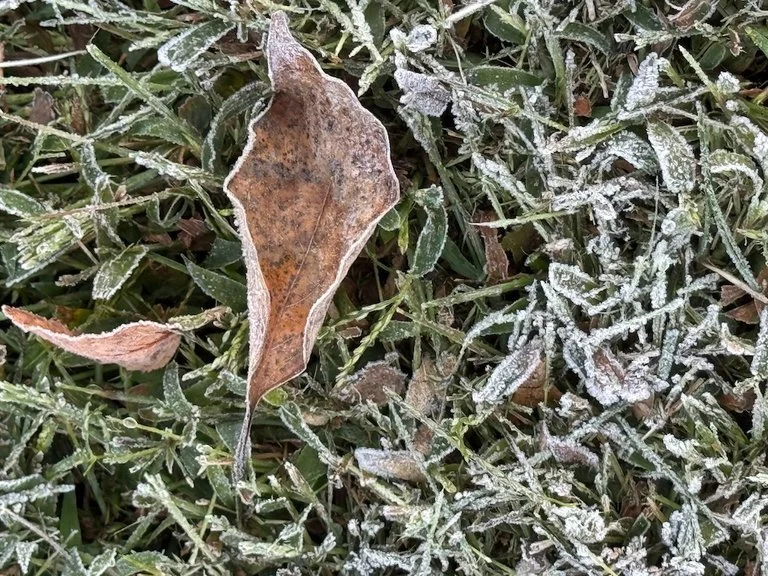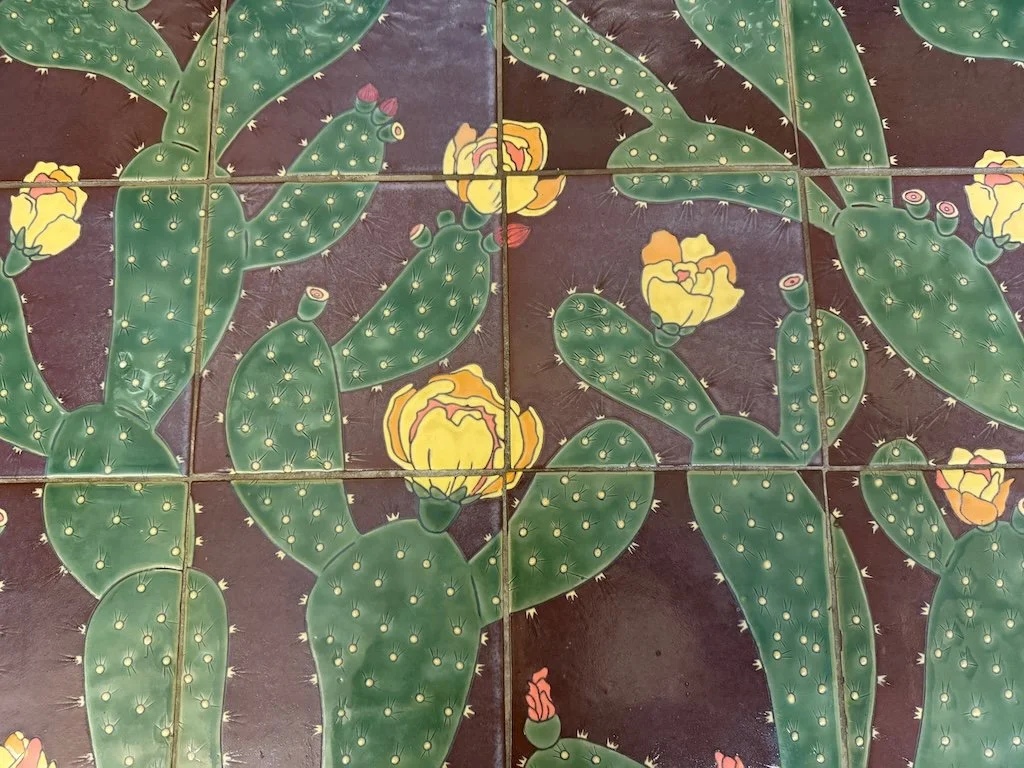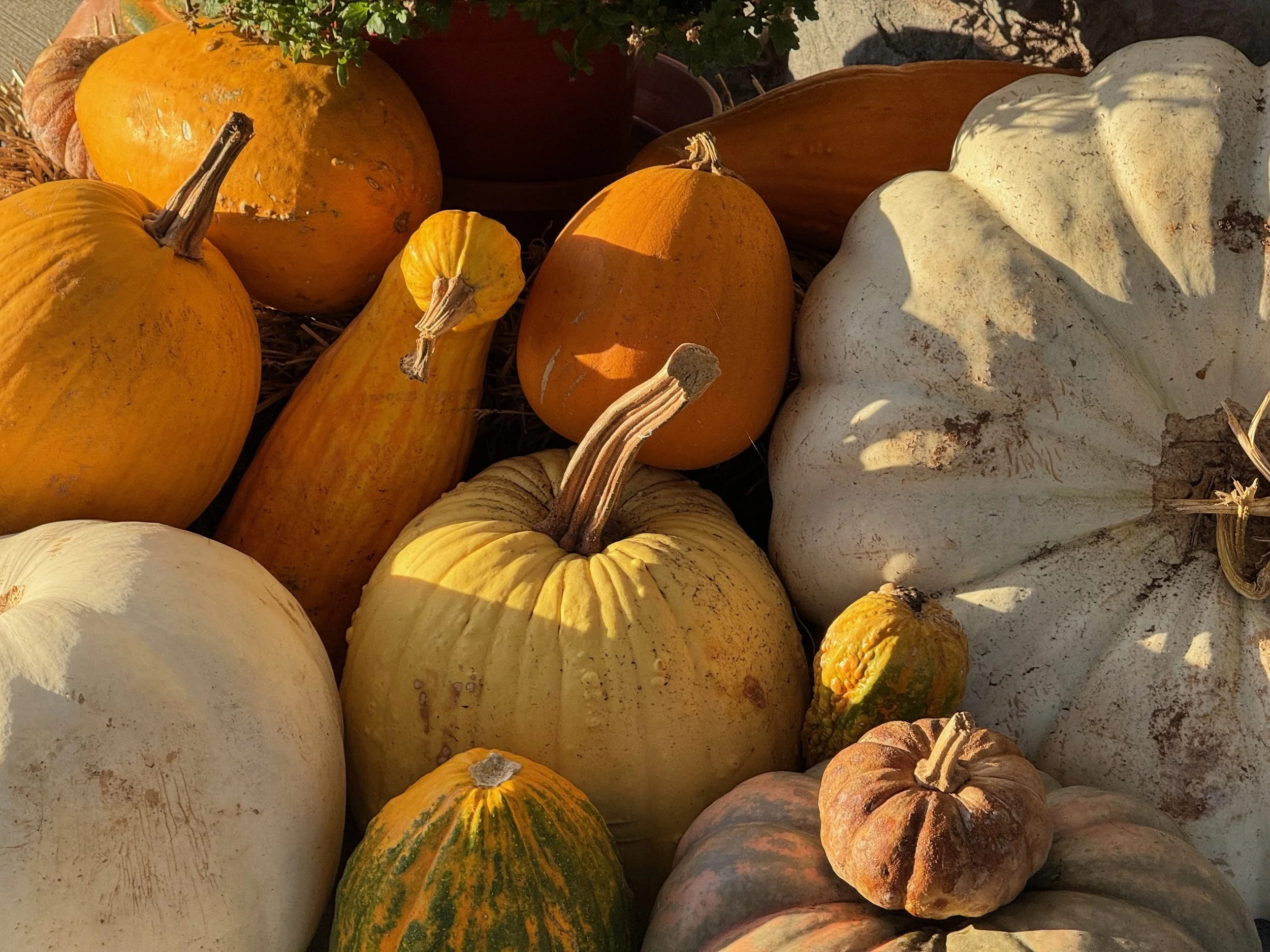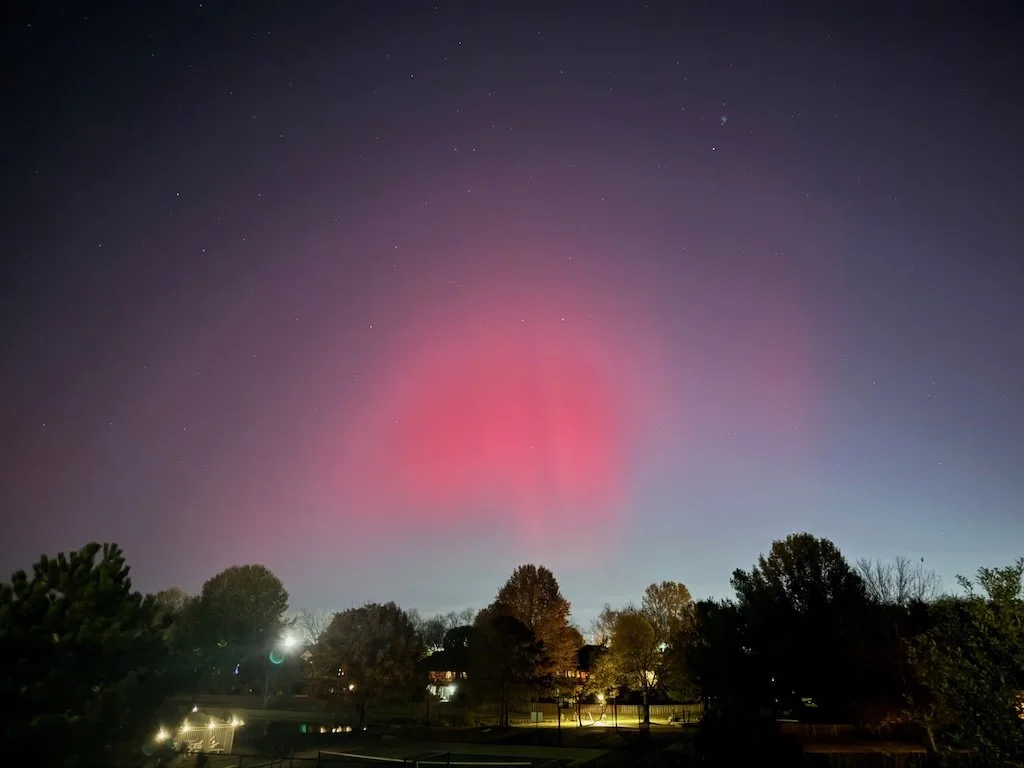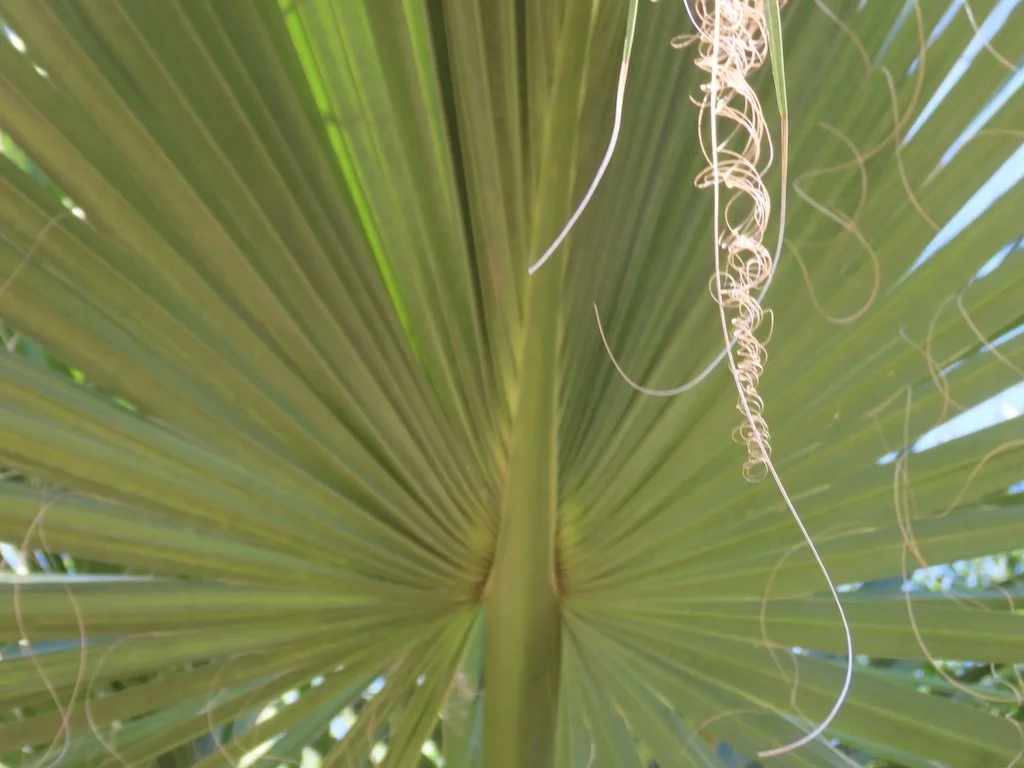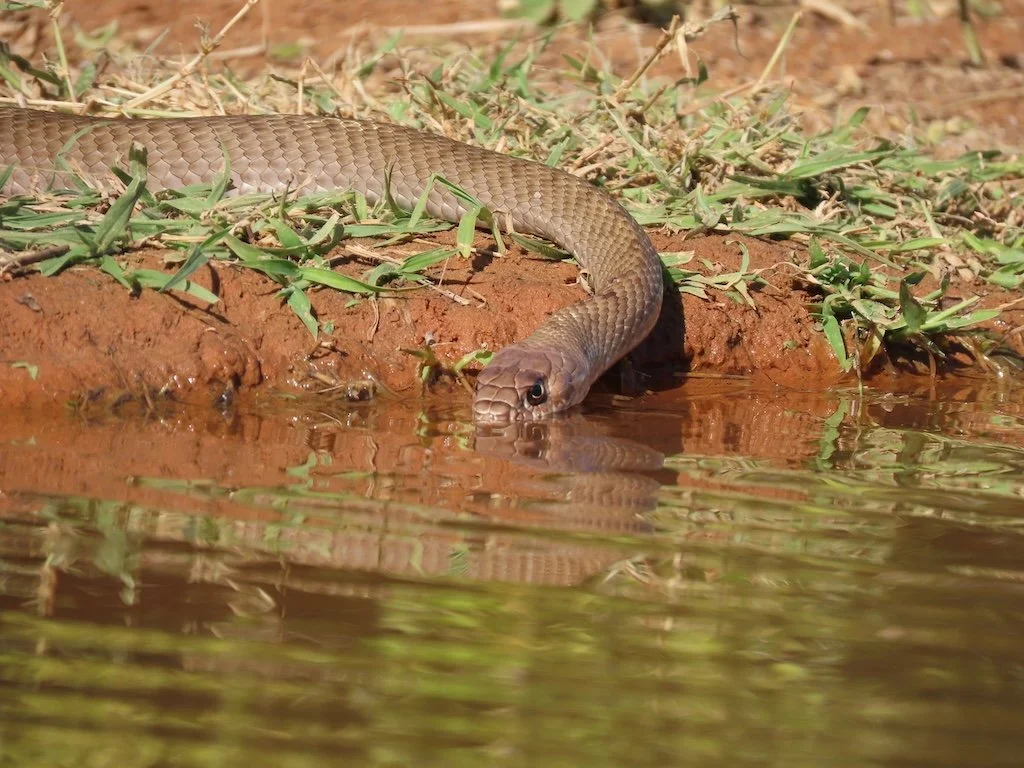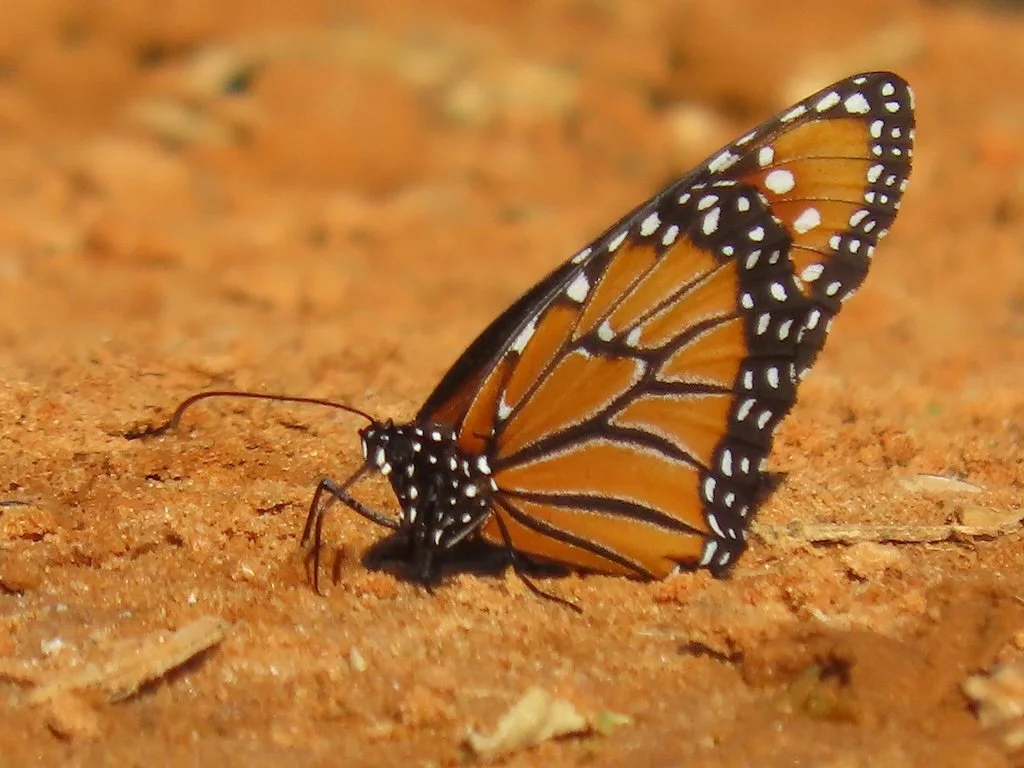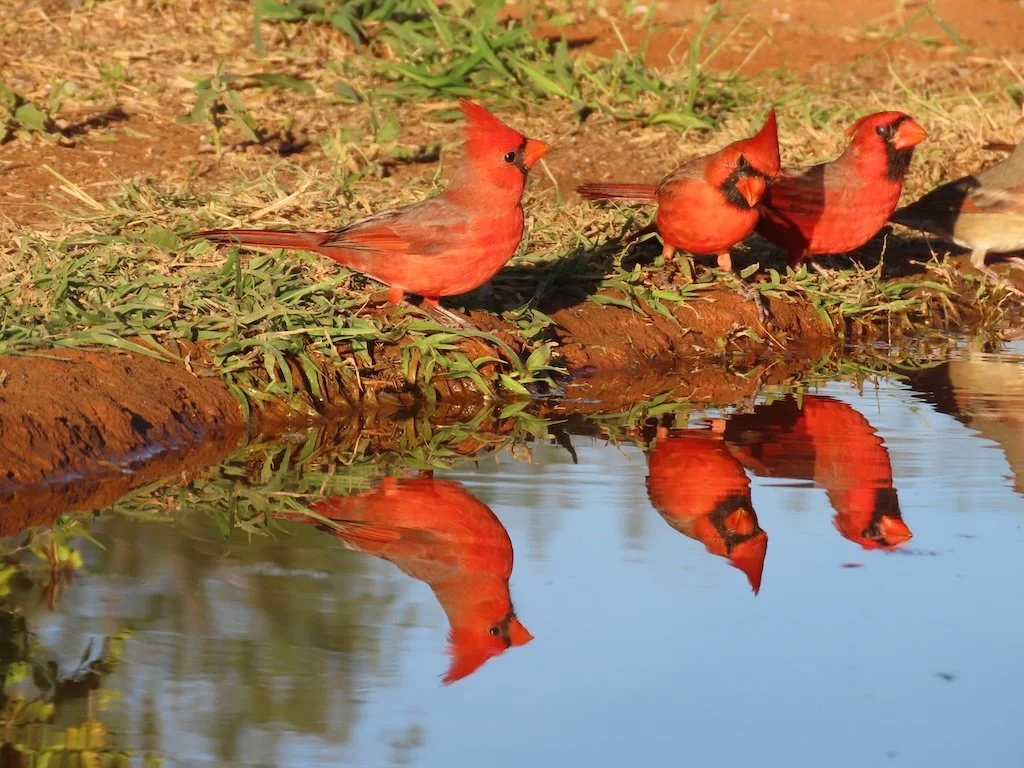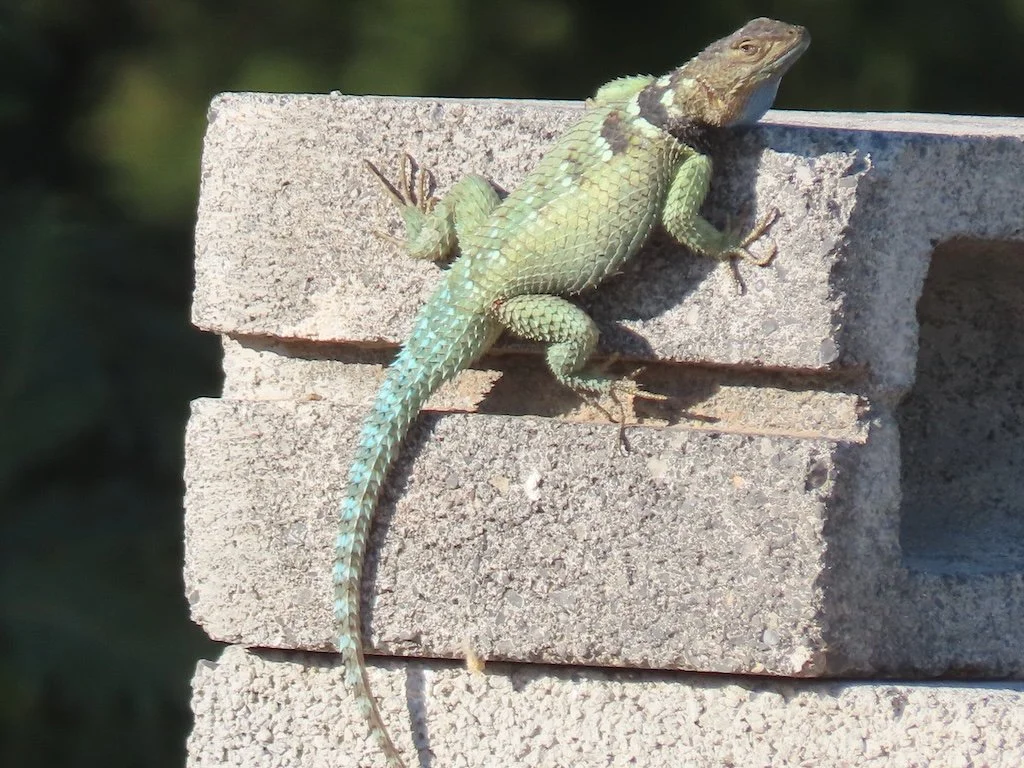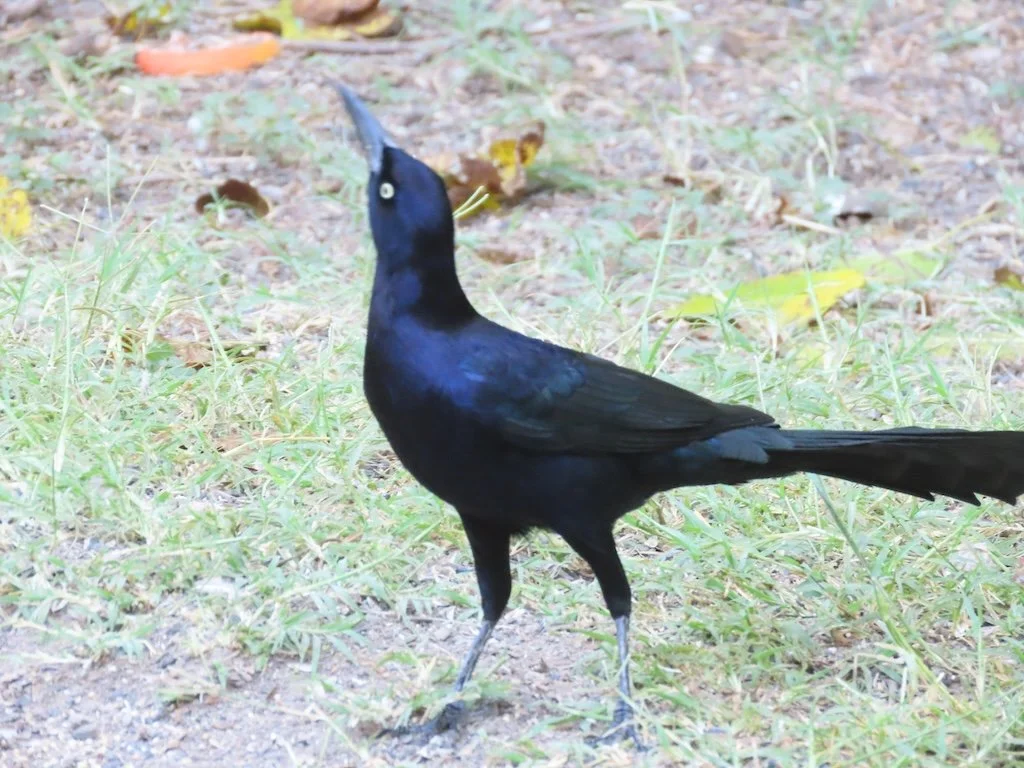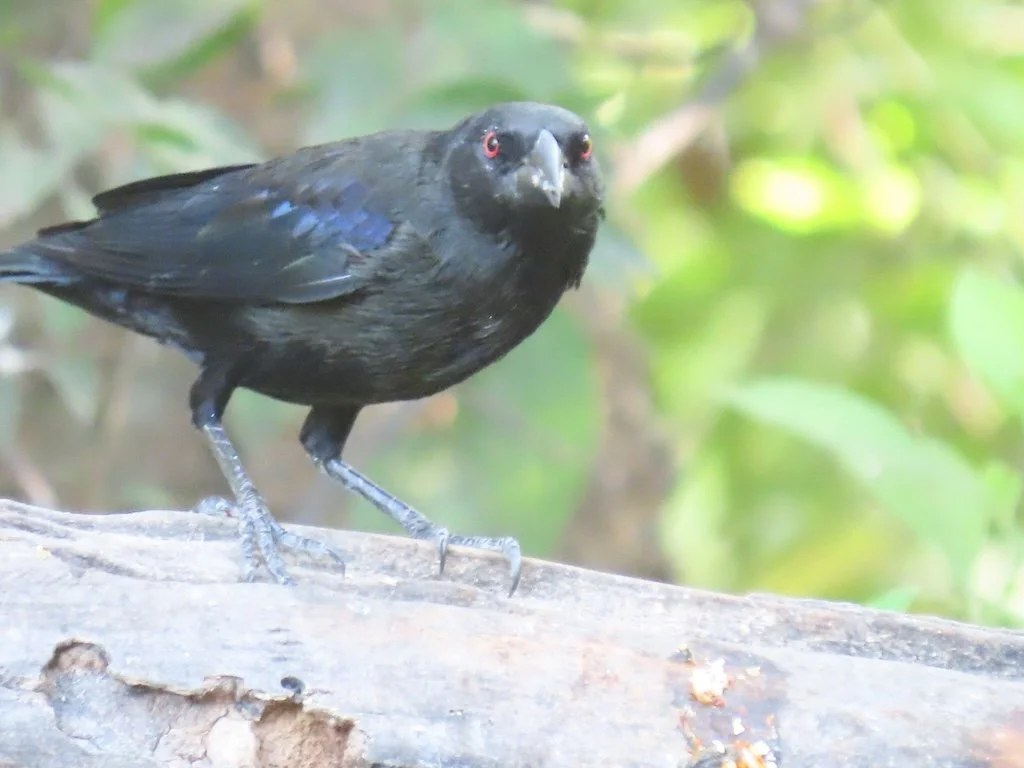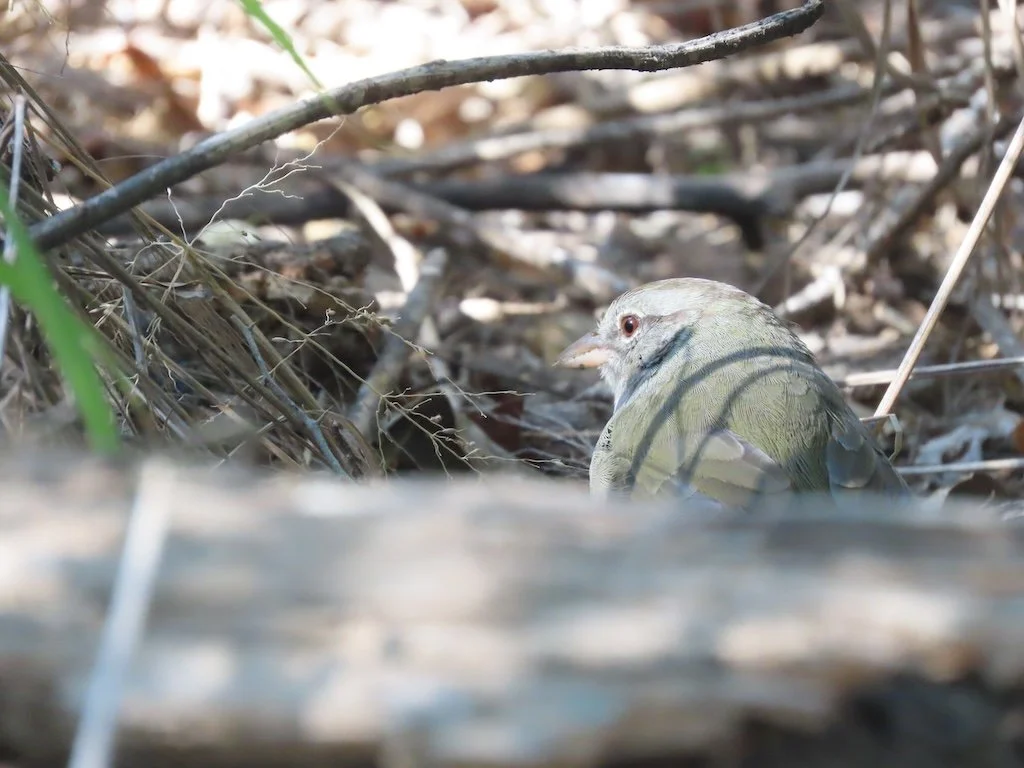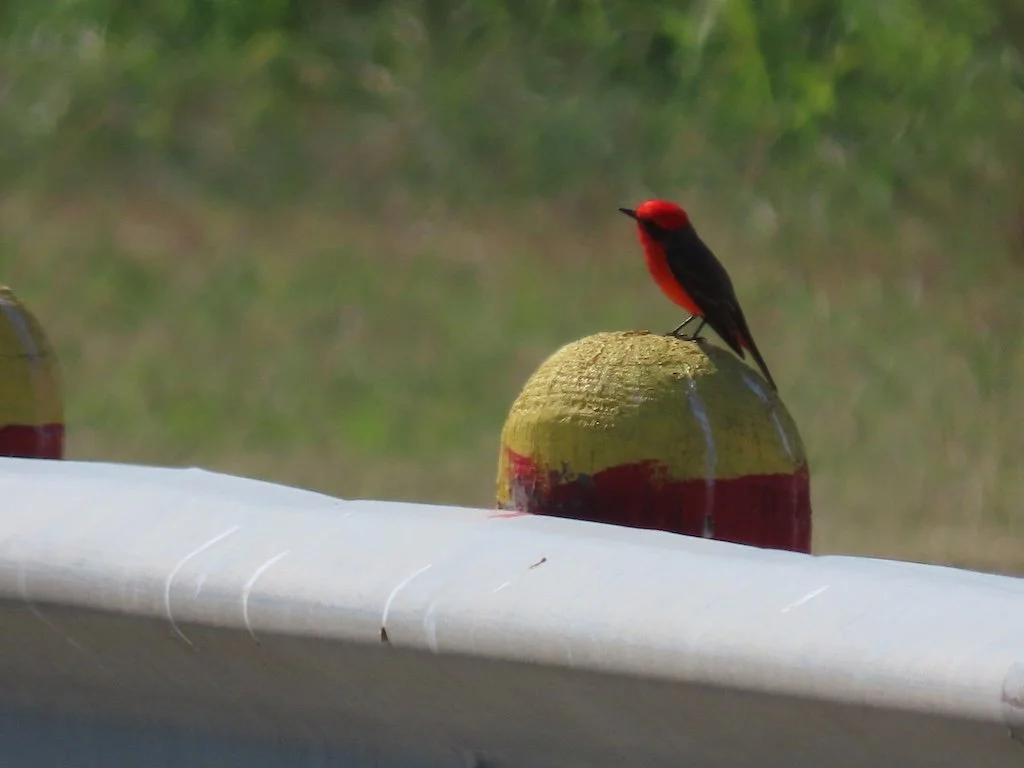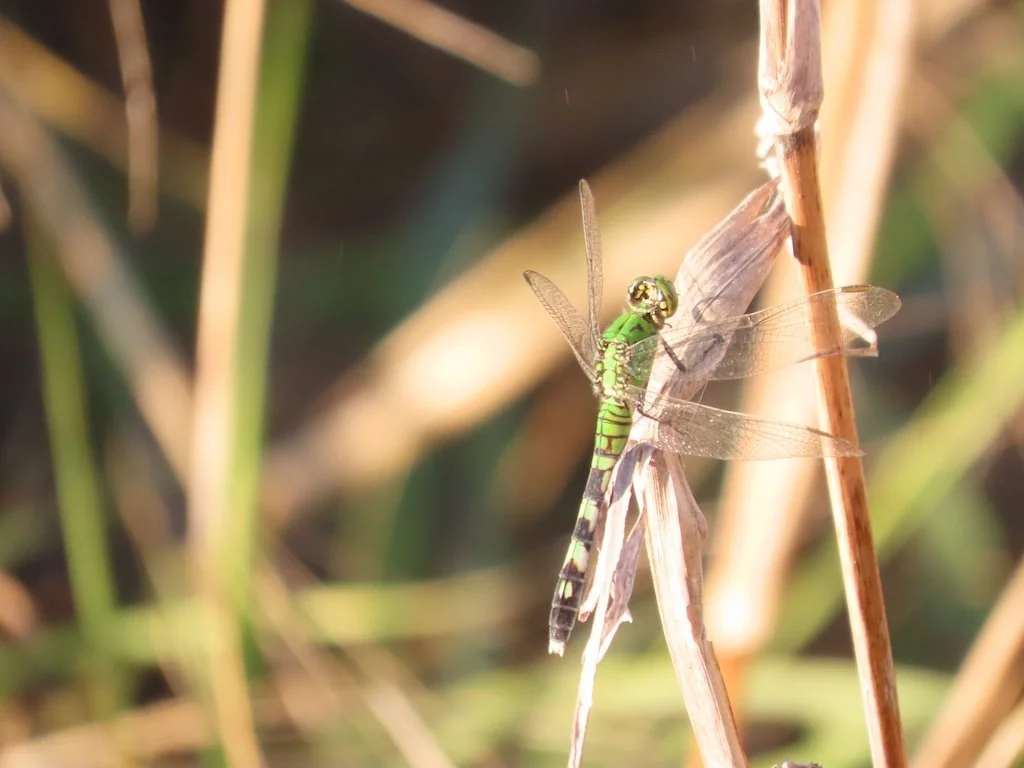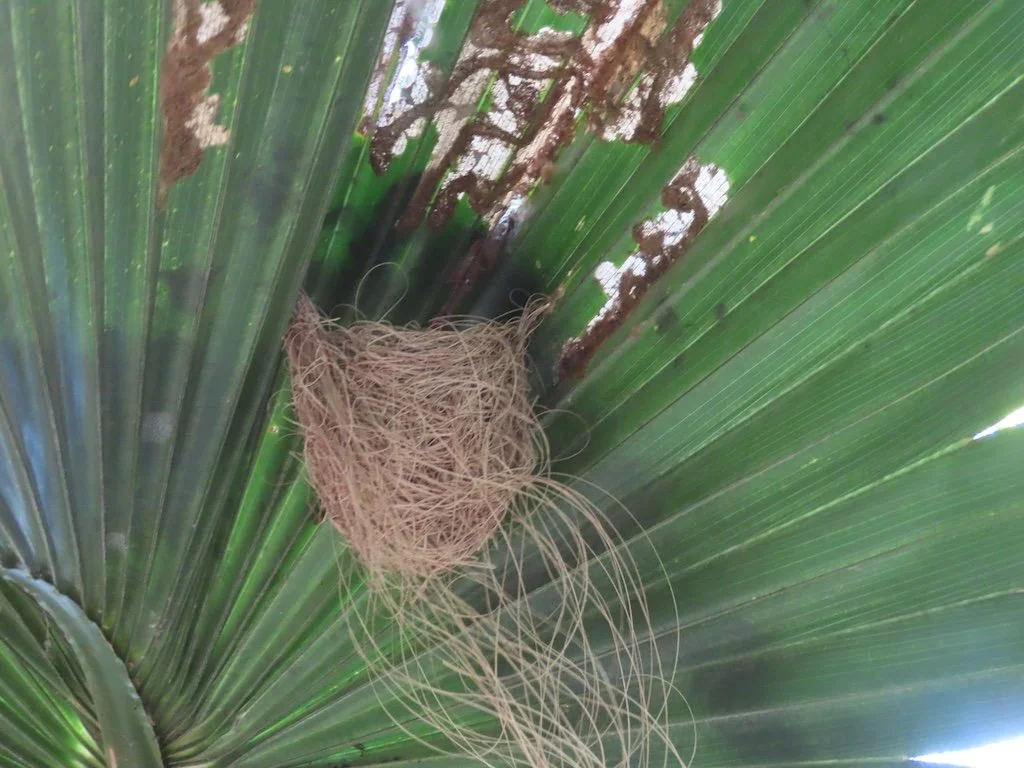Gleanings of the Week Ending October 18, 2025
/The items below were ‘the cream’ of the articles and websites I found this past week. Click on the light green text to look at the article.
ACHOO Syndrome: A Strange Reflex That Causes Sneezing in the Sun - The photic sneeze reflex—also called autosomal dominant compelling helio-ophthalmic outburst (ACHOO) syndrome - affects almost a fourth of people worldwide.
They’re smaller than dust, but crucial for Earth’s climate - Coccolithophores, tiny planktonic architects of Earth’s climate, capture carbon, produce oxygen, and leave behind geological records that chronicle our planet’s history.
An E.U. Plan to Slash Micropollutants in Wastewater Is Under Attack - Earlier this year, a European Union directive mandated advanced treatment of micropollutants in wastewater, with the cost to be borne by polluters. But the pharmaceutical and cosmetics industries, which are responsible for most of those contaminants, are now pushing back.
Researchers Crack the Lost Origins of an Ancient Egyptian Temple - In a 4,000-year-old creation myth from ancient Egypt, god manifested as high ground that rose out of watery chaos. New research suggests this myth of the primeval mound may have inspired the first temple to Amun-Ra at Karnak, a site in the religious capital of Thebes that over the course of millennia became one of Egypt’s most important complexes. Across the entire Theban area, the land on which the Amun-Ra temple was built was the only high ground permanently surrounded by water. Its connection to the creation myth would have been apparent as the Nile floodwaters rose and receded each year, creating the illusion of the mound rising out of the river.
Ancient bathhouse unearthed in Türkiye's Olympos reveals life of Byzantine bishop - The bathhouse was not only for the bishop’s private use. It had entrances both from the main street and from the house. On certain days of the week, the bishop allowed ordinary townspeople to use it free of charge, both for hygiene and for health purposes.
Hawaii Hits Milestone in Rooftop Solar - Hawaii has the highest rate of rooftop solar power adoption in the US, on a per capita basis. Rooftop solar has hit 44% penetration among single-family homes on Oahu, the state’s most populated island.
The remarkable rise of eBird – the world’s biggest citizen science project - In the month of August this year, 123,000 birders submitted 1.6 million lists of sightings. It has now hit a total of 2 billion bird observations since inception. The data is showing in sobering detail how the abundance of many species is changing, almost always downwards.
Electricity Use Is Becoming More Common for Residential Heating in USA - An increasing share of U.S. households are using electricity for heating, although natural gas remains the most common heating fuel. In 2024, 42% of U.S. households reported that electricity was their main space heating fuel, according to annual estimates from the U.S. Census Bureau’s American Community Survey. Natural gas was the main heating fuel in 47% of homes last year, a decline from 49% in 2010.
Scientists suggest the brain may work best with 7 senses, not just 5 - The memory of humans and other living beings is an enigmatic phenomenon tied to the property of consciousness, among other things. Advancing the theoretical models of memory will be instrumental to gaining new insights into the human mind and, perhaps, recreating humanlike memory in AI agents.
For the First Time, Renewables Supplying More Power Globally Than Coal - In the first half of this year, renewable energy grew faster than power demand, leading to a small drop in the consumption of coal and natural gas. In a first, renewables generated more electricity globally than coal, fulfilling a 2020 prediction by the International Energy Agency, which saw clean energy surpassing coal this year.

